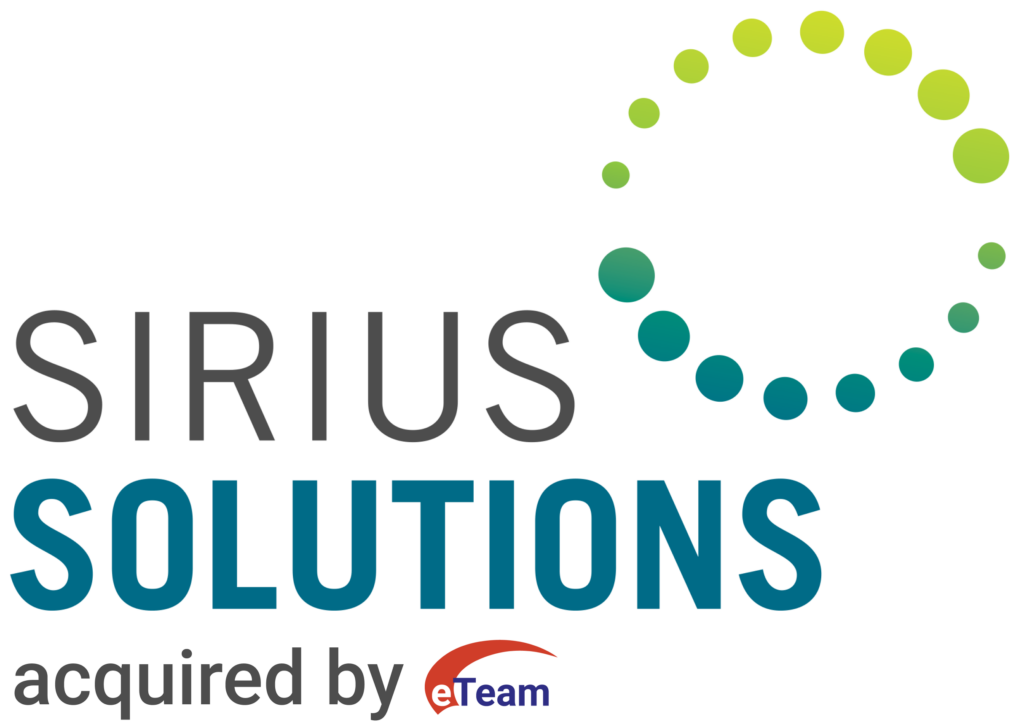Using Digital Transformation to Enhance Collections Practices

A new survey from NerdWallet concluded that over half of businesses still have outstanding invoices from the last tax year (2022/2023). Using digital invoicing and maintaining a solid cash flow is essential to any firm’s profitability and long-term viability in today’s constantly changing business and finance environment. Practices for collecting unpaid debts and payments from customers are one of the most essential parts of managing cash flow. Effective collection strategies boost an organization’s overall financial stability and improve order to cash flow.
In this article, we delve into the key strategies for enhancing collections practices, from identifying high-credit-risk customers to employing advanced communication tools and incentivizing early payments.
Effective collection practices are vital for the financial stability of organizations, irrespective of their size and industry. Proper accounts receivable management ensures a consistent cash flow, reduced financial risks, and improved overall business performance.
A proactive collection approach starts with identifying customers with a higher credit risk. Not all customers are equal in terms of their ability and willingness to pay on time. Advanced data analytics and predictive modeling can play a pivotal role in assessing credit risk. By analyzing historical payment patterns, credit scores, industry trends, and external factors such as economic conditions, organizations can categorize their customers based on their credit risk levels.
Organizations can deploy resources efficiently by classifying clients into low, medium, and high credit risk groups utilizing the power of digital transformation. Customers with high credit risk can need more frequent communication, closer monitoring, and customized payment conditions to prevent payment delays. This focused strategy, empowered by digital transformation, ensures a more effective distribution of collection efforts while reducing the risk of bad debt.
Optimized collection practices foster better customer relationships. By approaching customers with empathy and professionalism, even in challenging circumstances, organizations can retain customer loyalty and maintain a positive brand image. A survey conducted by Ernst & Young revealed that 78% of customers are more likely to continue doing business with organizations that exhibit good customer service during the debt collection process.
Credit evaluation tools provide real-time insights into a customer’s financial health. This allows organizations to make informed decisions based on current data.
Organizations can tailor risk parameters to match their specific business needs and risk appetite. This flexibility ensures that the evaluation aligns with the organization’s unique requirements.
AI-driven tools can predict future credit behavior based on historical patterns, enabling organizations to anticipate potential defaults and take proactive measures.
The system can trigger alerts and notifications when a customer’s credit risk status changes. This enables organizations to respond promptly and adapt their strategies accordingly.
Credit evaluations with visual dashboards and reports offer clear insights into customer credit risk profiles. These tools aid in decision-making and strategic planning.
A well-defined debt recovery process is the backbone of efficient collection practices. This process should outline the step-by-step approach when a customer’s payment becomes overdue, aligning with the goals of financial transformation. The process typically includes escalating reminders and actions as the payment becomes more delayed. It’s crucial to have a balance between assertiveness and maintaining customer relationships.
The debt recovery process can be divided into stages, with each stage having a predefined timeline and a set of actions. These stages might include sending reminder notices, making follow-up calls, and eventually involving legal or collection agencies if necessary. A standardized process ensures consistency, reduces the likelihood of missed steps, and provides a clear roadmap for collections teams.
The foundation of an effective debt recovery process begins with a thorough evaluation of outstanding debts. Categorize these debts based on various factors, including the amount owed, the debt’s age, and the customer’s payment history. By segmenting debts, you can prioritize efforts, allocate resources effectively, and promptly address the most critical cases.
Open and timely communication is a cornerstone of successful debt recovery. As soon as a payment becomes overdue, initiate contact with the debtor. Begin with a friendly reminder, which can be an email, letter, or even a phone call. Clearly state the amount owed and due date, and provide instructions for payment. Maintain a professional tone, focusing on resolving the issue rather than placing blame.
If initial communication does not yield results, it’s necessary to escalate the communication strategy. Send a formal letter or notice that explicitly states the consequences of non-payment. Outline the potential next steps, such as legal action or reporting the debt to credit agencies. Maintain professionalism and ensure that all communication is well-documented for future reference.
In some cases, customers may be experiencing financial difficulties that prevent them from making full payments. Be open to negotiation and discuss potential repayment plans or settlements. The goal is to find a mutually agreeable solution that allows the debtor to settle the debt while accommodating their financial situation. Ensure that the terms of any negotiated agreement are clearly documented in writing.
If all attempts at communication and negotiation fail, legal action might be necessary. Consult legal experts to understand your rights and options. This could involve sending a final demand letter, initiating legal proceedings, or engaging a collection agency. Ensure all actions adhere to relevant laws and regulations governing debt recovery to avoid legal complications.
Optimization of payment conditions is a key component of collection procedures and free cash flow management. Organizations can increase their cash flow while meeting consumers’ financial limitations by providing flexible but structured payment arrangements. This is especially crucial when working with lengthy contracts or payment terms.
A critical component of optimizing payment terms is linking them to the sales cycle. By aligning payment terms with the delivery of goods or services, organizations can ensure that payments are received before the costs associated with those transactions are incurred. This approach minimizes the risk of delayed payments and improves the overall financial stability of the organization.
For debt collection to be successful, communication must be clear and timely. Organizations can keep a channel of communication open with clients while reminding them of unfulfilled responsibilities by utilizing several communication techniques. Consider the following examples of efficient communication tools:
Sending formal notices through traditional mail or email can serve as an initial reminder to customers about their overdue payments. These notices should clearly state the outstanding amount, due date, and any potential consequences of non-payment. A courteous yet assertive tone is essential to maintain a professional relationship.
Personalized follow-up calls are an effective way to interact with consumers and answer any payment-related concerns. These conversations provide a chance to comprehend the causes of late payments and, if necessary, to discuss different payment options. Through such discussions, organizations can improve the chances of successful debt collection by developing rapport.
Incorporating digital alerts through SMS or email notifications can create a sense of urgency for customers to settle their outstanding debts. These alerts can be automated and triggered at various stages of the debt recovery process, keeping customers informed and reminding them to take action.
Customers can access their account information, transaction history, and Days Sales Outstanding (DSO) through business portals. Customers can track their commitments and take immediate action by monitoring their outstanding payments with the use of automated messages that are integrated into these websites.
Incentives for early payments are a clever method to improve collections procedures while fostering positive client connections. The following are some incentives that companies may provide:
Giving customers discounts for payments made in advance encourages them to pay off their debts on time. These discounts can take the form of a certain percentage or a set sum of money. While organizations might experience a short-term reduction in revenue, the improved cash flow and customer loyalty generated by early payments can outweigh the costs.
Flexibility in payment terms can be a win-win solution for both organizations and customers. Offering extended payment terms in exchange for a commitment to consistent, timely payments can help customers manage their cash flow while ensuring the predictability of the organization’s incoming funds.
To deter delayed payments, implementing a tiered late fee structure can serve as a disincentive for customers to overlook their obligations. Gradually increasing late fees can prompt customers to prioritize settling their debts to avoid accumulating additional costs.
Improving collections practices is a complex task that requires a blend of strategic thinking, efficient communication methods, and a dedication to digital change. Organizations can expedite their collections activities and improve their financial stability by identifying high-credit-risk consumers, developing a clear debt recovery process, optimizing payment terms, and providing incentives for early payments. Organizations can position themselves for long-term success in a business environment that is becoming more competitive by integrating digital tools and taking a proactive approach to financial transformation.
At Sirius Solutions, we hold trust, transparency, and exceptional performance as the cornerstones of our philosophy. As a dedicated partner, we specialize in assisting growing organizations and startups in their journey toward success. Our commitment goes beyond just providing simple solutions. We work tirelessly to ensure the proper implementation of these solutions, guiding our clients toward realizing not just results but the desired results they envision.
